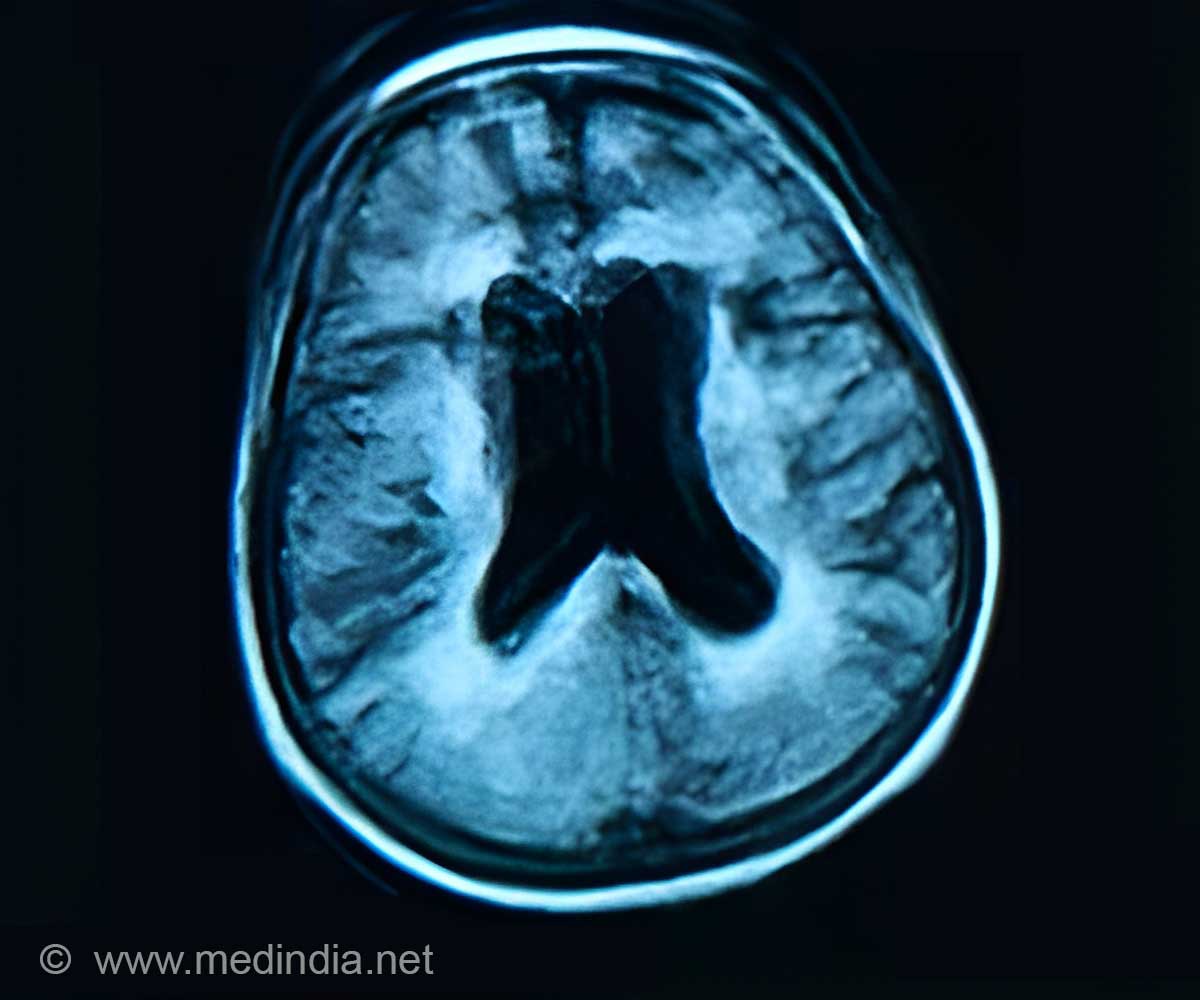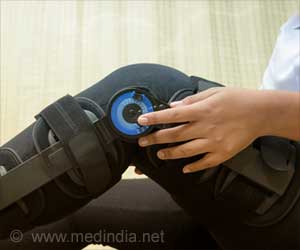WASHINGTON – More than one-third of the world's population suffers from hypertension (commonly known as high blood pressure) and cardiovascular disease (disorders that affect the heart

Two EET Analogs Found to Lower Blood Pressure, Reduce Kidney Injury
Key to the research is the role of endothelial cells, which line the narrow spaces of the body such as those inside the blood vessels and the heart. Endothelial cells produce arachidonic acid metabolites, a class of fatty acids that have biological actions that are beneficial for cardiovascular health. This production occurs through three primary enzymatic pathways. Two of these pathways, the cyclooxygenase and the lipoxygenase pathways, have been successfully targeted for the treatment of inflammation, pain, fever, and asthma.
The third enzymatic pathway is the cytochrome P450 pathway that produces epoxyeicosatrienoic acids (EETs) as major biologically active metabolites. EETs are endothelial-derived factors that significantly influence cardiovascular function. They can dilate blood vessels, lower blood pressure and have additional biologic actions including anti-inflammatory and anti-platelet aggregator activity. These biological activities have made EETs a very attractive therapeutic target for cardiovascular diseases.
For the last several years the research team has developed and synthesized an array of EET analogs, or chemical compounds that act as EETs. The EET analogs have been tested for beneficial cardiovascular actions. For this research study 35 different EET analogs were screened for their ability to dilate blood vessels. The screening produced five EET analogs that would be further examined to determine their ability to lower blood pressure in animal models of hypertension. Two of the five EET analogs administered to hypertensive animals effectively lowered blood pressure and reduced kidney injury.
Next Steps
The next steps, according to Dr. Imig, are to test the EET analogs in other cardiovascular diseases and improve EET analog formulation for potential future use in humans.
 MEDINDIA
MEDINDIA



 Email
Email










